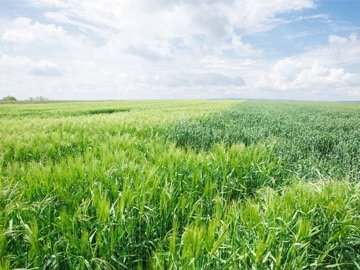Irrigation is a crucial practice in agriculture that involves the controlled application of water through artificial systems to meet the water requirements of crops, especially in areas where rainfall is insufficient. This method is essential for sustaining the global food supply to meet the needs of a growing population.
Various irrigation techniques are employed worldwide, including:

- Center-Pivot Irrigation: This method utilizes automated sprinklers that rotate around a central pivot point, distributing water to the crops in a circular pattern. The sprinkler pipe or boom is supported above the crop by towers and moves in fixed circular paths powered by pneumatic, mechanical, hydraulic, or electric means. Water is delivered uniformly, with nozzle sizes increasing progressively from the pivot to the end of the line. The system’s travel rate determines the water depth applied, typically covering about 130 acres in a circular area.
- Drip Irrigation: A planned irrigation system where water is directly applied to the root zone of plants using applicators such as orifices, emitters, porous tubing, or perforated pipes. This method operates at low pressure, and applicators can be placed on or below the soil surface.
- Furrow Irrigation: This method involves partial surface flooding by applying water in furrows or rows with sufficient capacity to contain the irrigation system. It is commonly used for clean-tilled crops.
- Gravity Irrigation: Water flows and is distributed by gravity in this type of irrigation, without the need for pumping.
- Rotation Irrigation: Irrigators receive allocated water amounts at specified intervals rather than a continuous flow.
- Sub-Irrigation: Water is applied below the ground surface, either by raising the water table near the root zone or using buried perforated or porous pipe systems that discharge directly into the root zone.
To conserve water, incorporating polímero superabsorbente can be an intelligent strategy.

